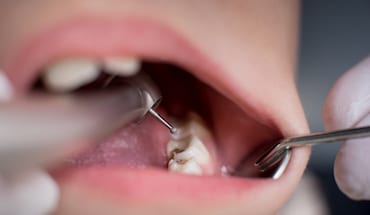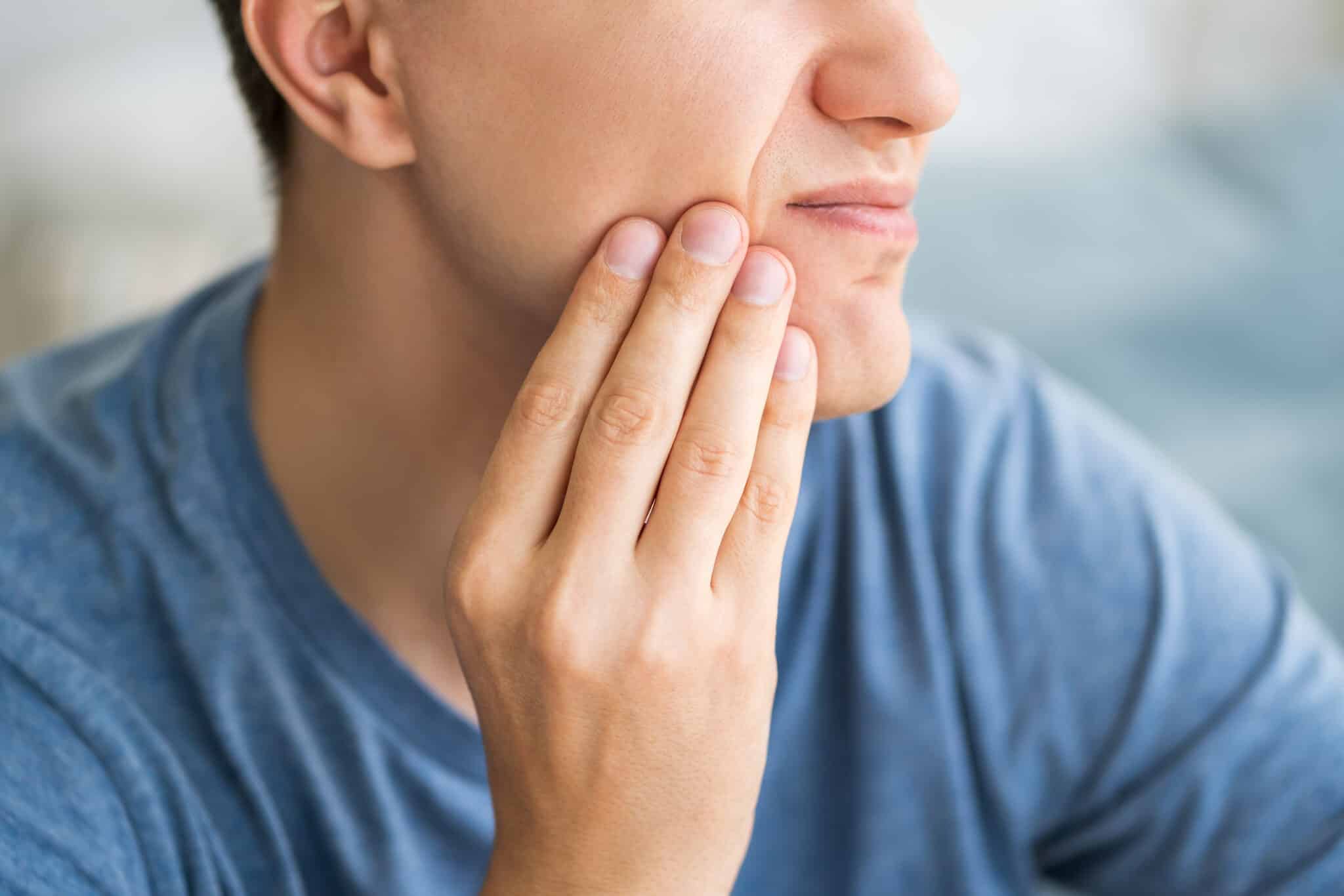Cavities are the most common dental problem. In fact, approximately 30% of American adults have untreated dental cavities. If cavities aren’t addressed, they can create long-term damage to the tooth, and even result in painful tooth infections and tooth loss. So how do you know if you have a cavity? Here are a few things to look for.
First, What is a Dental Cavity?

Since tooth enamel isn’t a living tissue, you won’t feel these first shallow cavities. However, as the cavity gets deeper, it will start to affect the tissue underneath the tooth enamel, like the dentin and tooth pulp.
How Do I Know if I Have a Cavity?
Bacteria can’t be seen without a microscope, so the holes that they create start out very tiny. At the beginning stages, it’s difficult to know if you have a cavity. Cavities aren’t generally visible to the naked eye unless they’ve gone untreated for a longer period of time. When a cavity is readily visible, it’s also more difficult to fix. The bacteria has caused extensive damage by this point, and maintaining the strength of the tooth will take more work.
However, before this stage, your dentist has tools to detect a cavity. Here are a few ways that your dentist and you can tell if you have a cavity.
X-Rays

Dentists and hygienists are trained to take your x-rays safely, and examine them carefully. Though these images might not look like they reveal much to the untrained eye, experts can detect the small pockets forming inside teeth using x-rays. This is one of the reasons why regular dental visits and x-rays are so important.
Holes in Teeth
At first, most cavities aren’t readily visible without an x-ray. However, as they progress, small holes may appear in your tooth. With careful inspection, you may be able to see these. Your dentist will have tools to help them take a closer look at your teeth, and they will be able to see these small holes more easily.
Cavities most commonly occur on the back teeth. These teeth have more grooves and surfaces where bacteria can hide in, and plaque can build up on. Back teeth are generally harder to get a good look at without special tools, and this is one of the reasons why it can be hard to know if you have a dental cavity. Also, cavities can occur near or under the gum line as well as on visible surfaces, so these will be particularly difficult to see.
Discoloration
When a cavity progresses to the dentin or dental pulp, it starts to affect the health of the tooth. At this stage, the tooth is susceptible to infection. As bacteria multiply inside the tooth and produce more acids, parts of the tooth may become discolored. If you notice a yellow, brown or black stain on your tooth, it can be a sign of a cavity or, worse, a tooth infection. At this stage, visit a dentist immediately.
Pain

Cavities can be difficult to detect at first, which is why it’s important to visit your dentist regularly. Dentist use special tools to help detect cavities early on, so they can be filled without reducing the strength of the tooth. If tooth decay is left untreated, it can cause infections and tooth loss. Brush twice daily, floss once daily, save surgery foods and drinks for treats and see your dentist regularly to help prevent cavities.
